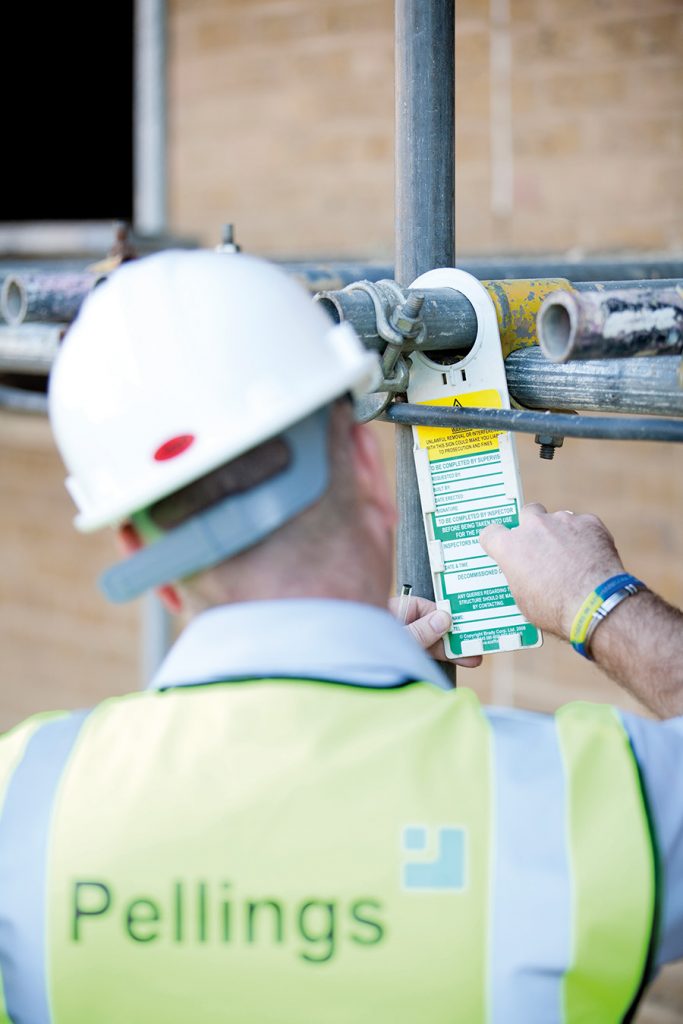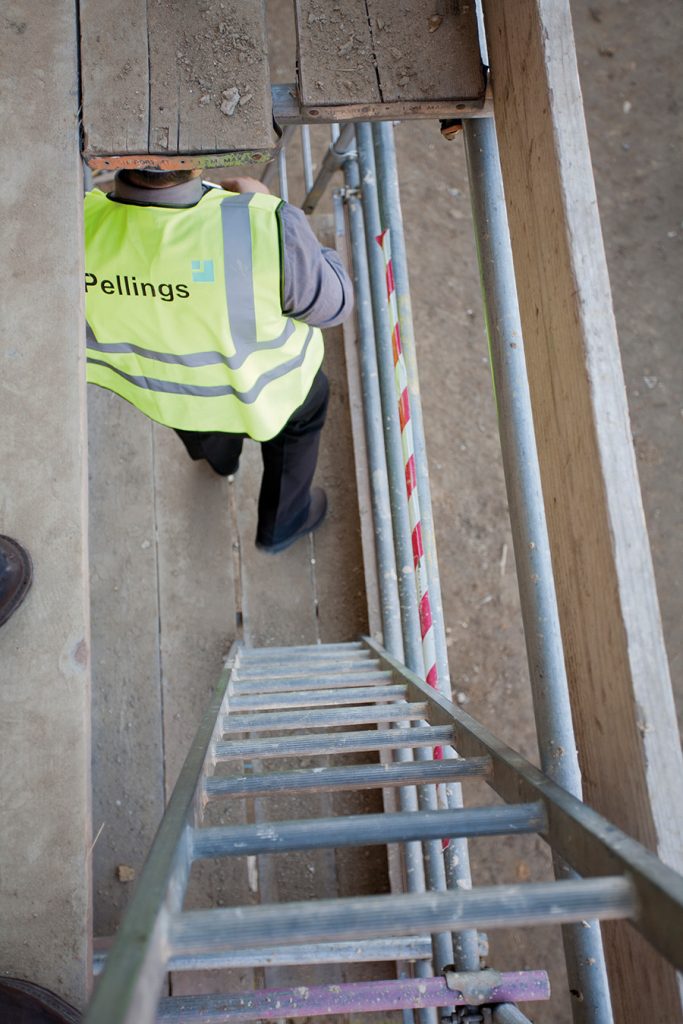Although the public sector is regularly involved in a vast number of construction projects; whether it is refurbishing or developing new schools, housing or civic buildings, there is still a regrettable unawareness of the Construction Design & Management (CDM) regulations 2015, leaving councils and their employees liable to a legal minefield, states Martin Cox, Head of Health & Safety and CDM at Pellings.
Pellings

Martin Cox is Head of H&S Services at Pellings, a health and safety professional who specialises in CDM coordination, construction site health and safety management/inspection and fire safety management. Cox started work in the health and safety sector in 1997 dealing with health and safety in policing within Kent County Constabulary.
I have been giving presentations on CDM 2015 over the last three years in the public sector demonstrating how the regulations affect them. Because of the lack of resources in these organisations to call upon in adhering to the regulations, they are putting themselves in great peril, and I would strongly advocate greater collaboration within public sector bodies to obtain proper professional advice.
Prior to the introduction of the 2015 CDM regulations, it was the contractor that was liable for on-site accidents or lapses in a safety plan and who would be prosecuted by the health and safety executive.
Now, CDM 2015 places legal responsibilities on the three main roles; client, principal designer (PD) and principal contractor (PC). The last two are required where there is more than one contractor on site, including sub-contractors. The role with the most responsibility, therefore being the client, who – if they do not appoint the others in writing – retains the role responsibilities of the others by default.
I have worked on numerous school construction projects in the education sector where many headteachers are unaware of their legal responsibilities, particularly at academies. It is not surprising in many ways; after all, they didn’t join the profession to know about health and safety on a construction site.
However, it is extremely concerning because the Corporate Manslaughter and Corporate Homicide Acts and CDM 2015 mean that those in authoritative positions as described by legislation could now face prison sentences in extreme cases or substantial fines for breaches of the legislation. These usually
come about from unsafe working practices or accidents resulting in injury during construction work.
From our experiences and close liaison with school authorities, it is obvious that many do not know what construction work is and need to be apprised of the definition in the 2015 regulations. We find this to be a particular problem with academies which do not have the policies, knowledge, back-up or experience to deal with the pitfalls of CDM 2015.



What we are finding in undertaking CDM audits on educational establishments where construction work is taking place – whether it be ongoing maintenance, refurbishment or new construction – is that those establishments are reliant on being compliant with CDM 2015 by the actions of the appointed contractors and are trusting on the contractor’s levels of knowledge, integrity and, to some extent, morals. It is alright where there are well-established frameworks of contractors and consultants with a good reputation the client can draw on, but in the absence of those there are greater dangers, and ignorance of the law is not a defence.
It is down to the client to assess the competency of those they appoint but far too often, perhaps to save money, they tap into the old boy network who has recommended a contractor or architect friend of a friend who may not have any experience of undertaking or designing that kind of construction job.
Another part of the problem is that in a drive to save costs, clients are taking responsibility for policing these roles in-house, and while they may have experience of health and safety in working buildings, they often don’t have the same expertise on construction sites.
As an illustration, Pellings was fulfilling the PD role for a university but was stood down because they had an in-house health and safety officer and, presumably, wanted to save money, but he had no knowledge of safety on construction sites, and, ultimately, Pellings was brought back in.
In two other cases, education clients decided to use their own employees but one used to work in a chemical plant and another in the entertainment and events industry which is not the same as knowledge of bricks and mortar.
In the housing sector, one of the major problems is the high turnover of staff with inexperienced junior employees taking over jobs who are not aware of the CDM requirements and managing projects. This may lead to ill-thought-through design changes, unrealistic expectations of timescales with late appointments and decisions, which all impact on their CDM responsibilities.
To conclude, I believe that to ameliorate these dangers it is about time that educational and housing bodies started pooling resources and forming co-operatives that help them get the best advice for their money by getting competitive quotes, competent advice and – perhaps most importantly – becoming 100% legal.






